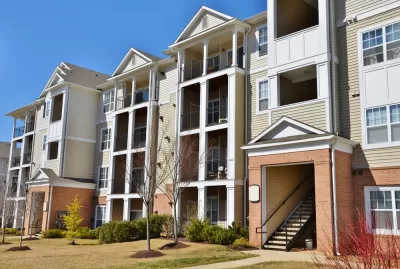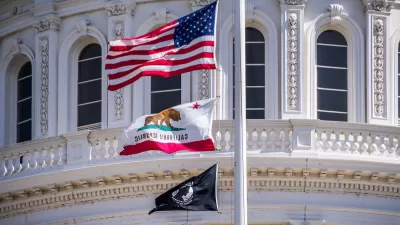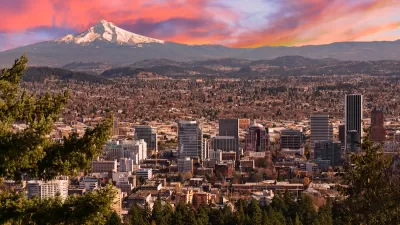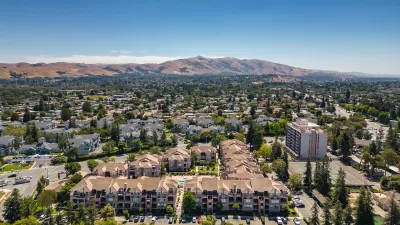Building enough affordable housing to meet current shortages will take more concerted effort from policymakers.

"A 2020 report commissioned by the Maryland Department of Housing and Community Development (MDHCD) reported a shortage of 85,000 affordable apartments in Maryland for families and individuals earning less than 30% of median income," writes Tom Coale in an opinion piece. Policymakers, argues Coale, cannot rely solely on inclusionary zoning to fix this problem. "Inclusionary zoning, however, was not created for the purposes of meeting affordable housing needs." While inclusionary zoning can help create socioeconomic integration in new developments, Coale says that "when efforts to integrate such communities take the place of meaningful efforts to create affordable housing, we all lose."
Coale explains that, because many developers can pay a fee in lieu of building affordable units, " inclusionary zoning has become a useful replacement for those who want to create the appearance of supporting affordable housing while doing very little to address the greatest needs of the housing crisis, which are units for low-income families." He also calls inclusionary zoning inefficient and disagrees with shifting the burden of providing affordable housing to private developers rather than public entities. Most importantly, Coale believes, "inclusionary zoning requirements raise housing prices on the whole" due to regulatory burdens.
While Coale writes that inclusionary zoning does serve an important purpose, policymakers should not forget about other mechanisms that boost affordable housing production and help the households that need affordable housing the most.
FULL STORY: Why betting solely on inclusionary zoning to create affordable housing in Maryland is a losing proposition

Alabama: Trump Terminates Settlements for Black Communities Harmed By Raw Sewage
Trump deemed the landmark civil rights agreement “illegal DEI and environmental justice policy.”

Study: Maui’s Plan to Convert Vacation Rentals to Long-Term Housing Could Cause Nearly $1 Billion Economic Loss
The plan would reduce visitor accommodation by 25% resulting in 1,900 jobs lost.

Planetizen Federal Action Tracker
A weekly monitor of how Trump’s orders and actions are impacting planners and planning in America.

Wind Energy on the Rise Despite Federal Policy Reversal
The Trump administration is revoking federal support for renewable energy, but demand for new projects continues unabated.

Passengers Flock to Caltrain After Electrification
The new electric trains are running faster and more reliably, leading to strong ridership growth on the Bay Area rail system.

Texas Churches Rally Behind ‘Yes in God’s Back Yard’ Legislation
Religious leaders want the state to reduce zoning regulations to streamline leasing church-owned land to housing developers.
Urban Design for Planners 1: Software Tools
This six-course series explores essential urban design concepts using open source software and equips planners with the tools they need to participate fully in the urban design process.
Planning for Universal Design
Learn the tools for implementing Universal Design in planning regulations.
Caltrans
Smith Gee Studio
Institute for Housing and Urban Development Studies (IHS)
City of Grandview
Harvard GSD Executive Education
Toledo-Lucas County Plan Commissions
Salt Lake City
NYU Wagner Graduate School of Public Service





























